Niels Bohr
Early Life and Education
Niels Bohr was born in Copenhagen, Denmark, on October 7, 1885. He was the second of three children in a highly academic family. His father, Christian Bohr, was a professor of physiology at the University of Copenhagen, and his mother, Ellen Adler Bohr, came from a wealthy Danish Jewish family prominent in banking and parliamentary circles.
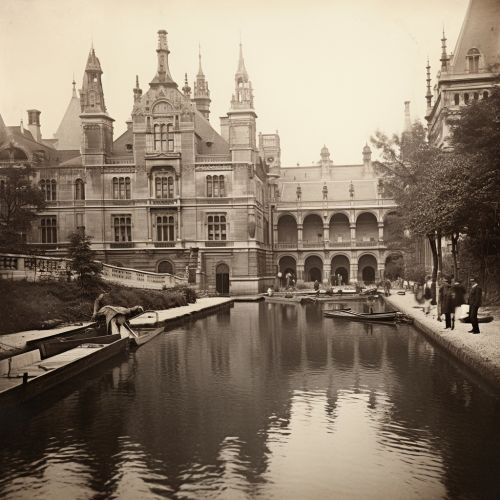
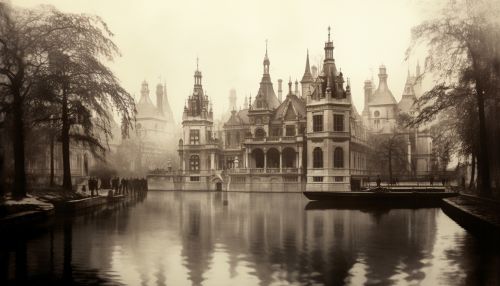
Bohr's early education was marked by a strong interest in physics, a subject he pursued with great passion. He enrolled at the University of Copenhagen in 1903, where he studied physics, along with mathematics, chemistry, and philosophy. He completed his master's degree in Physics in 1909 and his Doctorate in 1911.
Bohr Model of the Atom
In 1913, Bohr proposed a theory about the structure of the atom known as the Bohr Model. This model proposed that electrons orbit the nucleus in discrete energy levels, and that light is emitted or absorbed when an electron moves from one energy level to another. This model was a significant advancement in the field of quantum physics and marked a turning point in how scientists understood atomic structure.

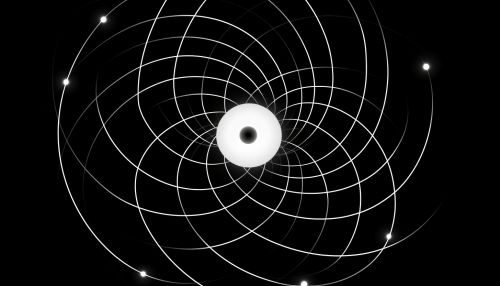
Career and Contributions to Physics
In 1916, Bohr was appointed to the Chair of Theoretical Physics at the University of Copenhagen, a position created especially for him. His work during this period led to the development of his principle of complementarity, which states that an electron can be both a particle and a wave, but that these aspects are complementary and cannot be observed simultaneously.
Bohr's contributions to the field of physics were not limited to his own research. In 1923, he founded the Institute for Theoretical Physics at the University of Copenhagen, which became an important center for research in quantum mechanics. Here, he fostered an environment of open discussion and debate, attracting many leading physicists of the time, including Werner Heisenberg, Paul Dirac, and Wolfgang Pauli.
During the 1930s, Bohr turned his attention to the phenomenon of nuclear fission. Working with John Archibald Wheeler, he developed a theoretical framework for understanding how nuclei could split into smaller parts. This work laid the foundation for the development of nuclear power and atomic weapons.
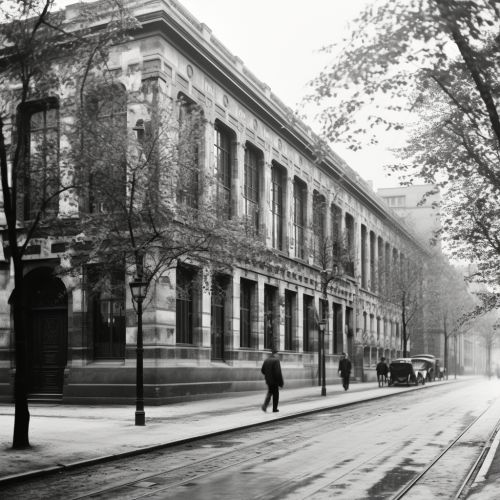
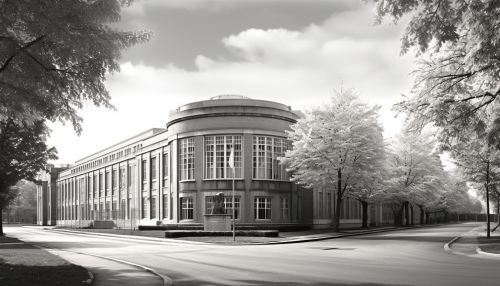
Later Life and Legacy
During World War II, Bohr used his influence to help Jewish scientists escape from Nazi-occupied Europe. In 1943, he himself escaped to Sweden, and from there he was transported to the United States, where he worked on the Manhattan Project.
After the war, Bohr returned to Denmark, where he advocated for peaceful uses of atomic energy and international cooperation in science. He died in Copenhagen in 1962.
Niels Bohr's contributions to physics and his influence on the scientific community have left a lasting legacy. His work has shaped our understanding of atomic structure and quantum mechanics, and his principles continue to guide research in these fields today.
